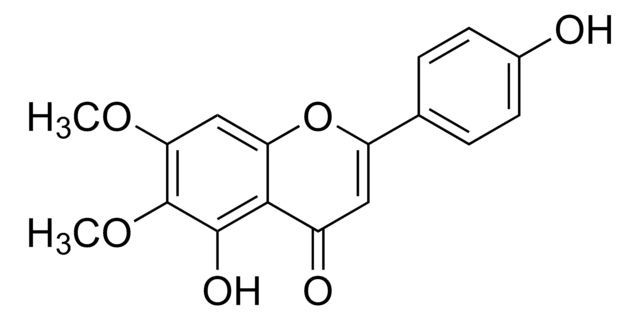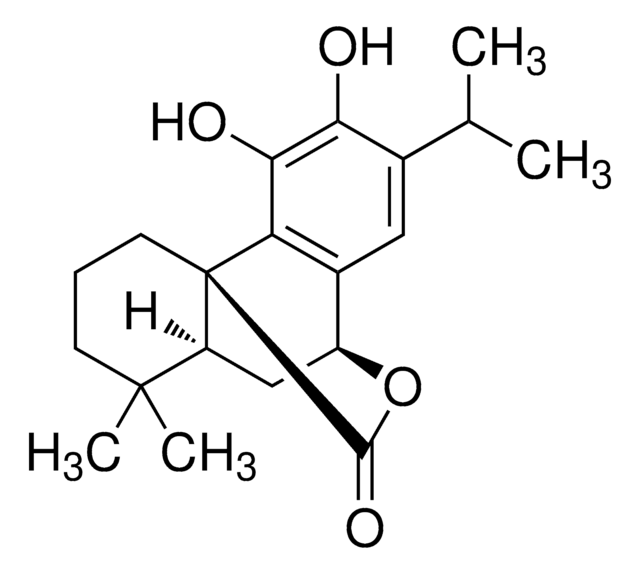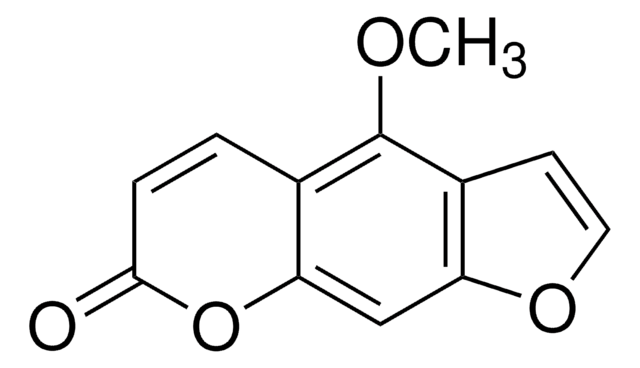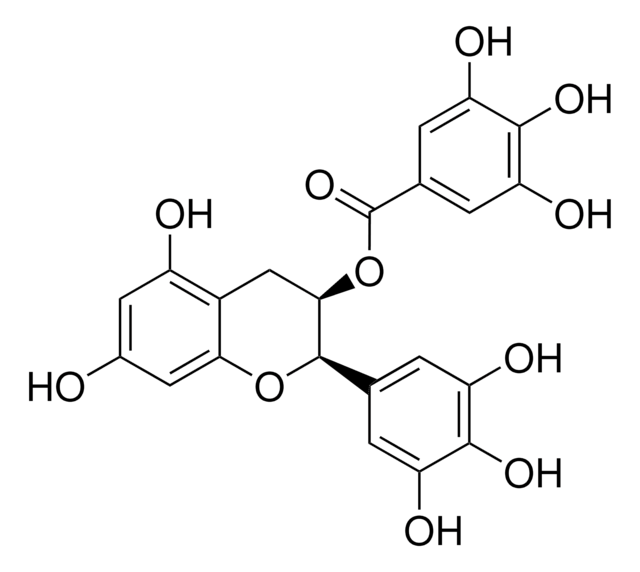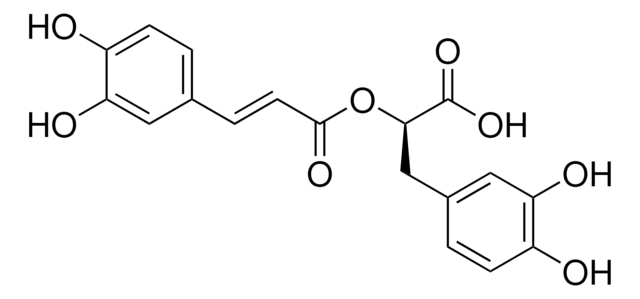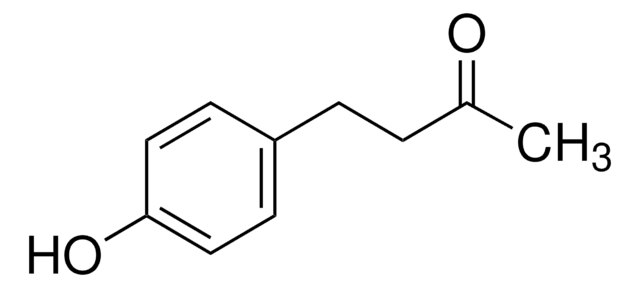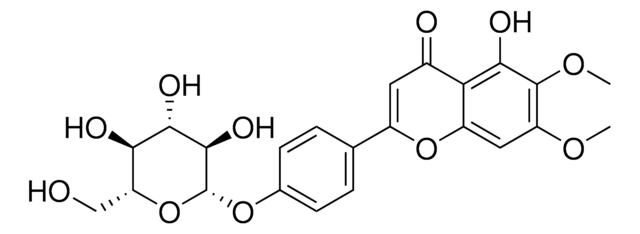SMB00178
Rhododendrol
≥95% (LC/MS-ELSD)
Synonym(s):
(R)-(-)-Rhododendrol, 4-Hydroxy-α-methyl-benzenepropanol, Betuligenol, Frambinol
About This Item
Recommended Products
Assay
≥95% (LC/MS-ELSD)
form
solid
application(s)
metabolomics
vitamins, nutraceuticals, and natural products
storage temp.
−20°C
SMILES string
CC(O)CCc1ccc(O)cc1
InChI
1S/C10H14O2/c1-8(11)2-3-9-4-6-10(12)7-5-9/h4-8,11-12H,2-3H2,1H3
InChI key
SFUCGABQOMYVJW-UHFFFAOYSA-N
Related Categories
General description
Biochem/physiol Actions
Signal Word
Warning
Hazard Statements
Precautionary Statements
Hazard Classifications
Acute Tox. 4 Oral - Eye Irrit. 2
Storage Class Code
11 - Combustible Solids
WGK
WGK 3
Flash Point(F)
Not applicable
Flash Point(C)
Not applicable
Regulatory Information
Choose from one of the most recent versions:
Certificates of Analysis (COA)
Don't see the Right Version?
If you require a particular version, you can look up a specific certificate by the Lot or Batch number.
Already Own This Product?
Find documentation for the products that you have recently purchased in the Document Library.
Our team of scientists has experience in all areas of research including Life Science, Material Science, Chemical Synthesis, Chromatography, Analytical and many others.
Contact Technical Service